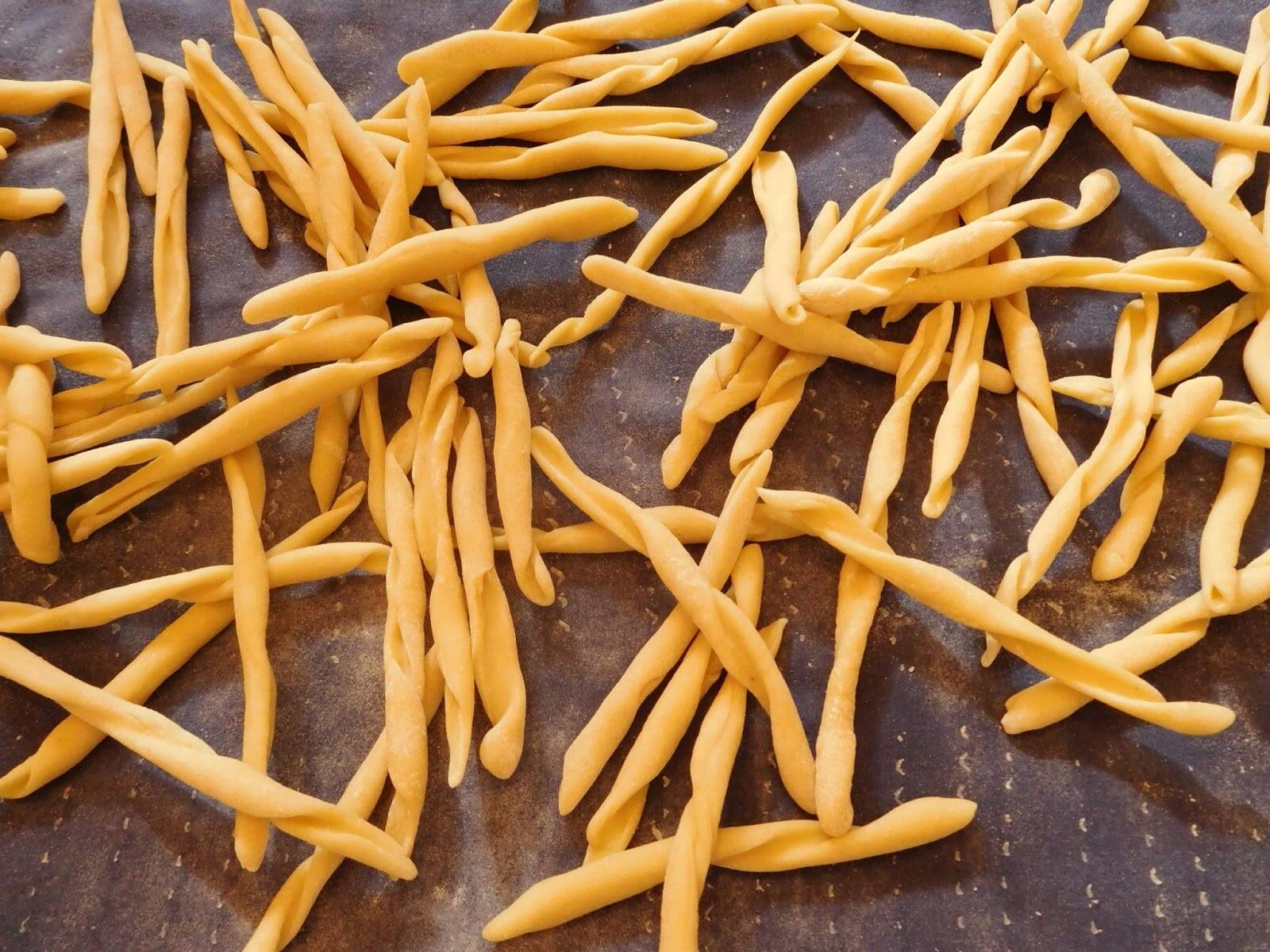
Fileja is a traditional pasta from Calabria, Italy, known for its unique shape and rich history. Made from just flour and water, this pasta is rolled around a thin rod, creating a hollow tube perfect for holding sauces. Calabrian cuisine often features Fileja in hearty dishes with spicy 'nduja or robust tomato sauces. Its origins trace back to ancient times, reflecting the region's agricultural roots. Today, Fileja remains a staple in Calabrian households and is celebrated in local festivals. Curious about this distinctive pasta? Here are 27 fascinating facts about Fileja that will make you appreciate this culinary gem even more.
What is Fileja?
Fileja is a traditional pasta from Calabria, Italy. Known for its unique shape and texture, it has a rich history and cultural significance. Let's dive into some fascinating facts about this delightful pasta.
-
Fileja is traditionally made by wrapping dough around a thin rod, creating a hollow, tube-like shape.
-
The name "Fileja" comes from the Italian word "filare," which means to spin or twist.
-
This pasta is typically made using semolina flour and water, giving it a firm texture.
-
Fileja is often served with hearty sauces, such as 'nduja, a spicy Calabrian sausage.
-
The pasta's shape helps it hold onto sauces, making each bite flavorful.
-
Fileja is sometimes referred to as "maccheroni al ferro" because of the iron rod used to shape it.
Historical Significance of Fileja
Fileja has deep roots in Calabrian culture, often associated with family gatherings and celebrations. Its preparation is a cherished tradition passed down through generations.
-
Historically, Fileja was made by hand, with each family having its own technique.
-
The pasta was often prepared for special occasions, such as weddings and religious festivals.
-
In the past, Fileja was dried in the sun, giving it a distinct texture.
-
The making of Fileja was a communal activity, bringing families and neighbors together.
-
Some believe that Fileja's shape symbolizes unity and continuity, reflecting its role in family traditions.
How Fileja is Made
The process of making Fileja is both an art and a science. It requires skill and patience to achieve the perfect shape and texture.
-
The dough is rolled into thin ropes before being wrapped around a rod.
-
After shaping, the pasta is left to dry for several hours.
-
Some modern recipes incorporate eggs into the dough for added richness.
-
Traditional methods use a "ferro," or iron rod, but wooden rods are also common.
-
The thickness of the dough can vary, affecting the pasta's cooking time and texture.
Fileja in Modern Cuisine
While rooted in tradition, Fileja has found its place in contemporary kitchens. Chefs and home cooks alike enjoy experimenting with this versatile pasta.
-
Fileja pairs well with both meat-based and vegetarian sauces.
-
It can be baked in casseroles, adding a unique texture to the dish.
-
Some chefs use Fileja in fusion dishes, combining it with non-Italian ingredients.
-
The pasta's shape makes it ideal for holding chunky sauces and ingredients.
-
Fileja can be flavored with herbs and spices, adding a twist to traditional recipes.
Fun Facts About Fileja
Beyond its culinary uses, Fileja has some interesting trivia that adds to its charm.
-
In some regions, Fileja is known by different names, such as "fusilli al ferro."
-
The pasta's shape is said to resemble a spindle, an essential tool in traditional weaving.
-
Fileja is often featured in food festivals celebrating Calabrian cuisine.
-
Some artisanal pasta makers still use ancient techniques to produce Fileja.
-
The pasta has gained popularity outside Italy, appearing in gourmet stores worldwide.
-
Fileja's unique shape and texture make it a favorite among pasta enthusiasts.
Final Thoughts on Fileja
Fileja, a pasta with deep roots in Calabria, Italy, offers a unique culinary experience. Its distinctive shape, created by wrapping dough around a thin rod, sets it apart from other pasta types. This traditional method gives Fileja its signature twist and texture, making it perfect for hearty sauces and rich flavors.
Learning about Fileja's history and preparation methods enriches our appreciation for this regional delicacy. Whether you're a seasoned chef or a home cook, trying your hand at making Fileja can be a rewarding experience. The process connects you to a time-honored tradition, bringing a piece of Calabria into your kitchen.
So next time you're in the mood for pasta, consider giving Fileja a try. Its unique shape and rich history might just make it your new favorite. Enjoy the journey of flavors and tradition that Fileja brings to the table.
Was this page helpful?
Our commitment to delivering trustworthy and engaging content is at the heart of what we do. Each fact on our site is contributed by real users like you, bringing a wealth of diverse insights and information. To ensure the highest standards of accuracy and reliability, our dedicated editors meticulously review each submission. This process guarantees that the facts we share are not only fascinating but also credible. Trust in our commitment to quality and authenticity as you explore and learn with us.
